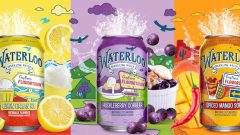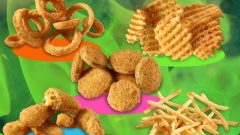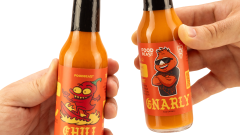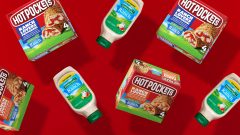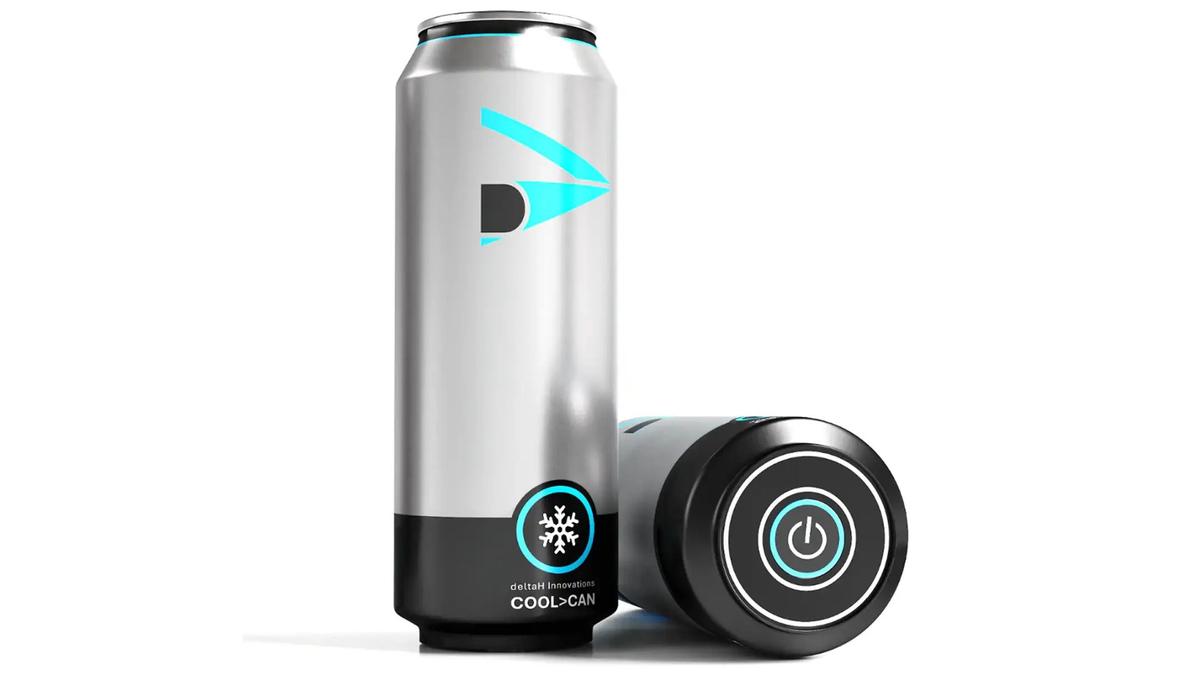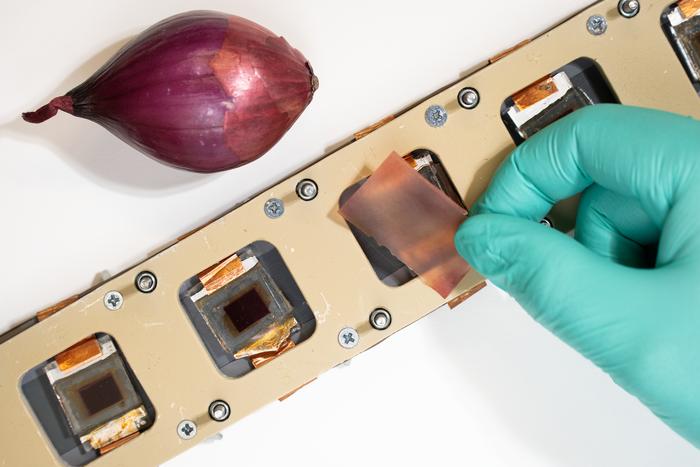Scientists Investigating Potential Health Effects of Plastic Microfibers In Shellfish

Recently, a shocking study revealed that a vast majority of the world’s tap water is contaminated with plastic microfibers. While health hazards related to drinking this water are still unclear, we now know that the issue of plastics has now spread into our food supply as Shellfish are now exhibiting plastic microfiber contamination.
A project out of Vancouver Island University has unearthed a plethora of plastics in oysters and clams that reside in the area. Peter Ross, director of the Vancouver Aquarium’s Ocean Pollution Research program, assisted in the project and found that while some of the microplastics came from other sources, an overwhelming majority were these microfibers.
Forensic technology was able to show that these fibers are predominantly coming from fabrics like nylon and polyester. As we wash these clothes at home, they degrade over time, leading to the washing out of these microfibers into the sea. There, tiny creatures called zooplankton feed on these fibers. Because these zooplankton are at the bottom of the food chain in most ocean ecosystems, as they get eaten and their predators get eaten, the level of plastic contamination rises as you go higher up the food chain.
In ocean water, contamination can range from 200 fibers per cubic meter to 9,200 fibers per cubic meter, which, according to Ross, is the equivalent of emptying a salt shaker into a large moving box.
While this level of microplastic contamination is definitely something to worry about, more research needs to be done. Some research has shown that the fibers can help spread chemical pollutants and pathogens, however. Despite that, shellfish biologist Sarah Dudas, who led the Vancouver Island University project, says to not be “overly concerned” since microplastics are in just about everything now.
We’ll have to wait and see if this does become a serious health issue. Hopefully, it’s not the case, because it could result in a seriously hazardous and widespread concern if this microplastic fiber contamination proves to be harmful.









